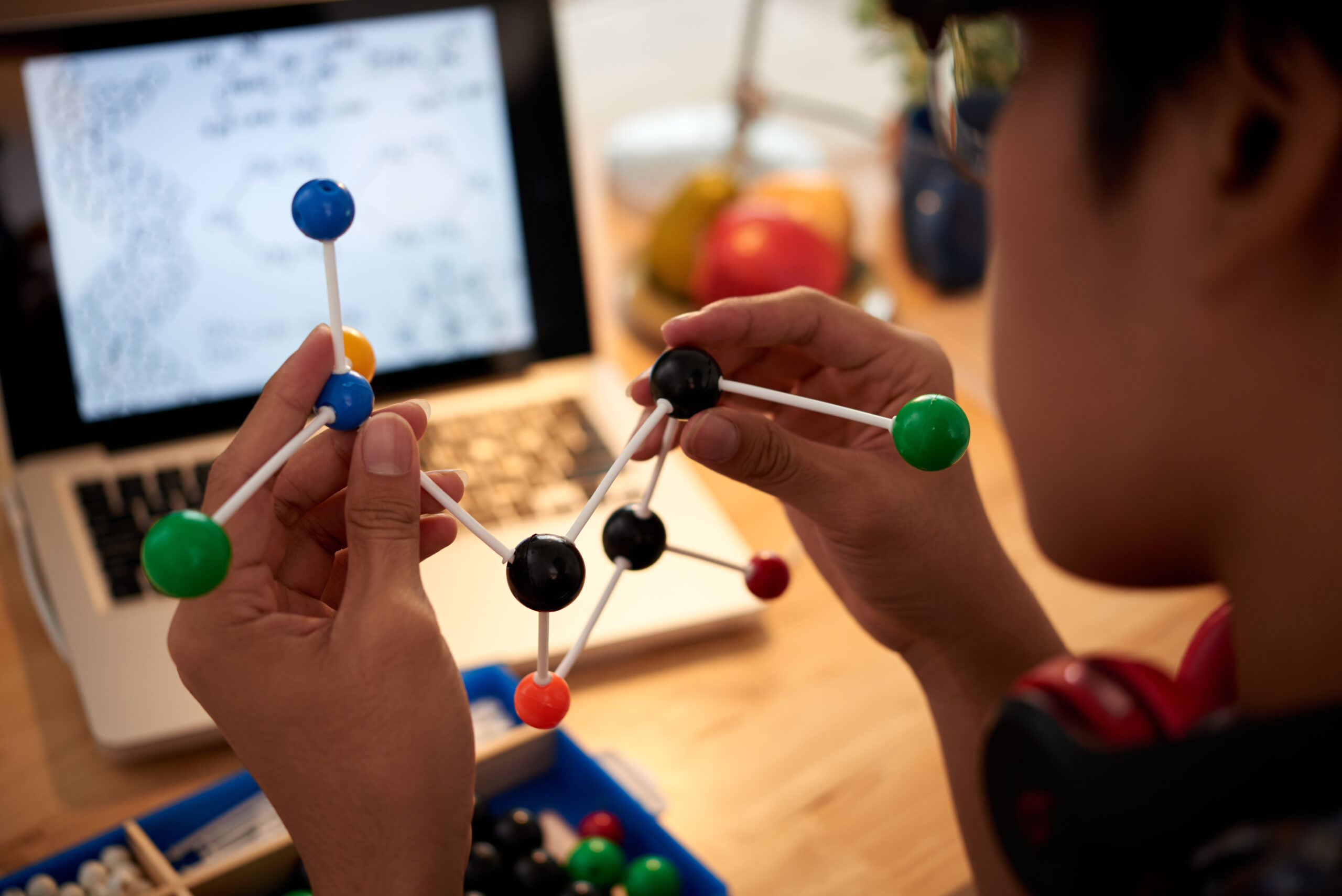
The integration of remote laboratories in science education has emerged as a transformative force, bridging the gap between theoretical knowledge and practical experimentation.
Accessible Hands-On Learning:
Remote laboratories enable students to engage in hands-on experiments from any location with internet access. This accessibility breaks down geographical barriers, allowing learners to participate in experiments and gain practical skills regardless of their physical location.
Cost-Efficiency and Resource Optimization:
Implementing remote laboratories eliminates the need for physical laboratory setups, reducing costs associated with materials, maintenance, and space. This cost-efficiency makes high-quality science education more accessible to a broader range of educational institutions.
Real-time Experimentation:
Remote laboratories provide real-time access to physical experiments and equipment. Students can control instruments, collect data, and observe outcomes in real-time, enhancing their understanding of scientific principles through direct engagement.
Safety and Risk Mitigation:
Remote laboratories offer a safe environment for conducting experiments, especially those involving potentially hazardous materials or equipment. This ensures that students can explore and apply scientific concepts without compromising their safety.
24/7 Learning Opportunities:
With remote laboratories, students can conduct experiments at any time, allowing for flexibility in their learning schedules. This 24/7 accessibility accommodates diverse student needs and promotes self-directed learning.
Collaborative Learning Experiences:
Remote laboratories foster collaboration among students, regardless of their physical locations. Collaborative experiments and data analysis can be conducted in real-time, providing an interactive and social dimension to the learning process.
Integration with Virtual Learning Environments:
Remote laboratories seamlessly integrate with virtual learning environments, allowing educators to incorporate them into online courses. This integration creates a cohesive and comprehensive digital learning experience for students.
Data Analysis and Visualization:
Remote laboratories often come equipped with data analysis tools and visualization capabilities. Students can analyze experimental data, draw conclusions, and visualize scientific phenomena, enhancing their analytical and critical-thinking skills.
Customization of Experiments:
Remote laboratories offer the flexibility to customize experiments based on learning objectives or specific curriculum requirements. This adaptability ensures that educators can tailor the learning experience to meet the unique needs of their students.
Preparation for STEM Careers:
By engaging with remote laboratories, students develop practical skills that are directly applicable to careers in science, technology, engineering, and mathematics (STEM). This hands-on experience enhances their readiness for future STEM-related professions.
In conclusion, remote laboratories represent a paradigm shift in science education, democratizing access to practical experimentation and fostering a new era of interactive and flexible learning. As technology continues to advance, the role of remote laboratories in shaping the future of science education is bound to expand, providing students with dynamic and enriching educational experiences.
